The classic Bode plot (2D Bode) represent value of the transfer function (a complex number) evaluated at \$j\omega\$ (imaginary axis). It provides information on system closed-loop stability margins and also some means to estimate pole/zero of the transfer function, if not available (for experimental data).
Still, given that the classic Bode plot (2D Bode) provides transfer function values only on the \$j\omega\$-axis (i.e. only the Sinusoidal pieces of system characteristics), what information of the system characteristics (as far as modes and stability) are missing by not looking at the 3D Bode plot (Sinusoidal (\$j\omega\$) + Exponential (\$\sigma\$) information)?
In other words, what useful/practical information does the 3D Bode add to the 2D Bode?
Also, found this question useful but not enough to address my question.: What does a Bode plot represent and what is a pole and zero of a Bode plot?


